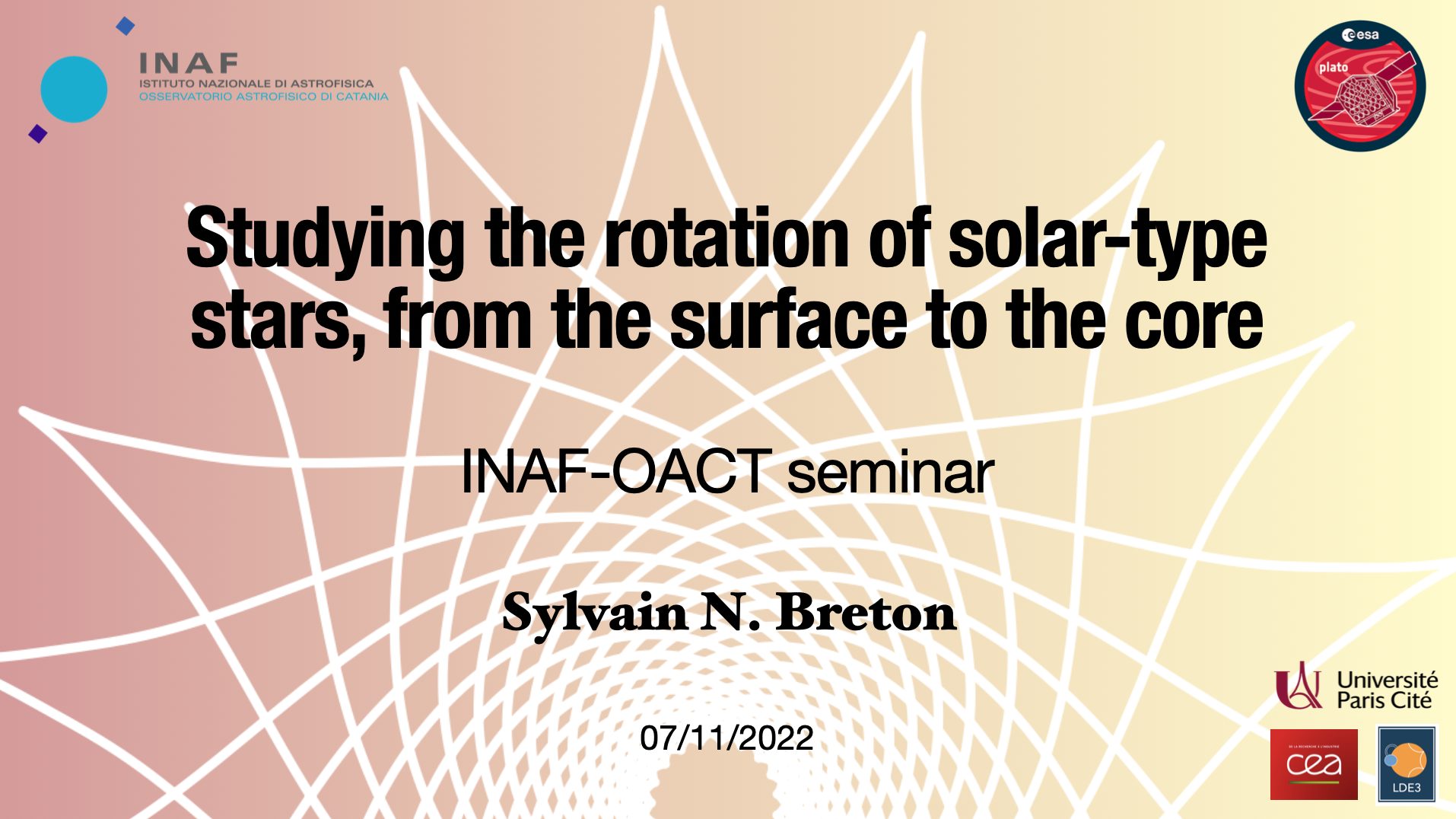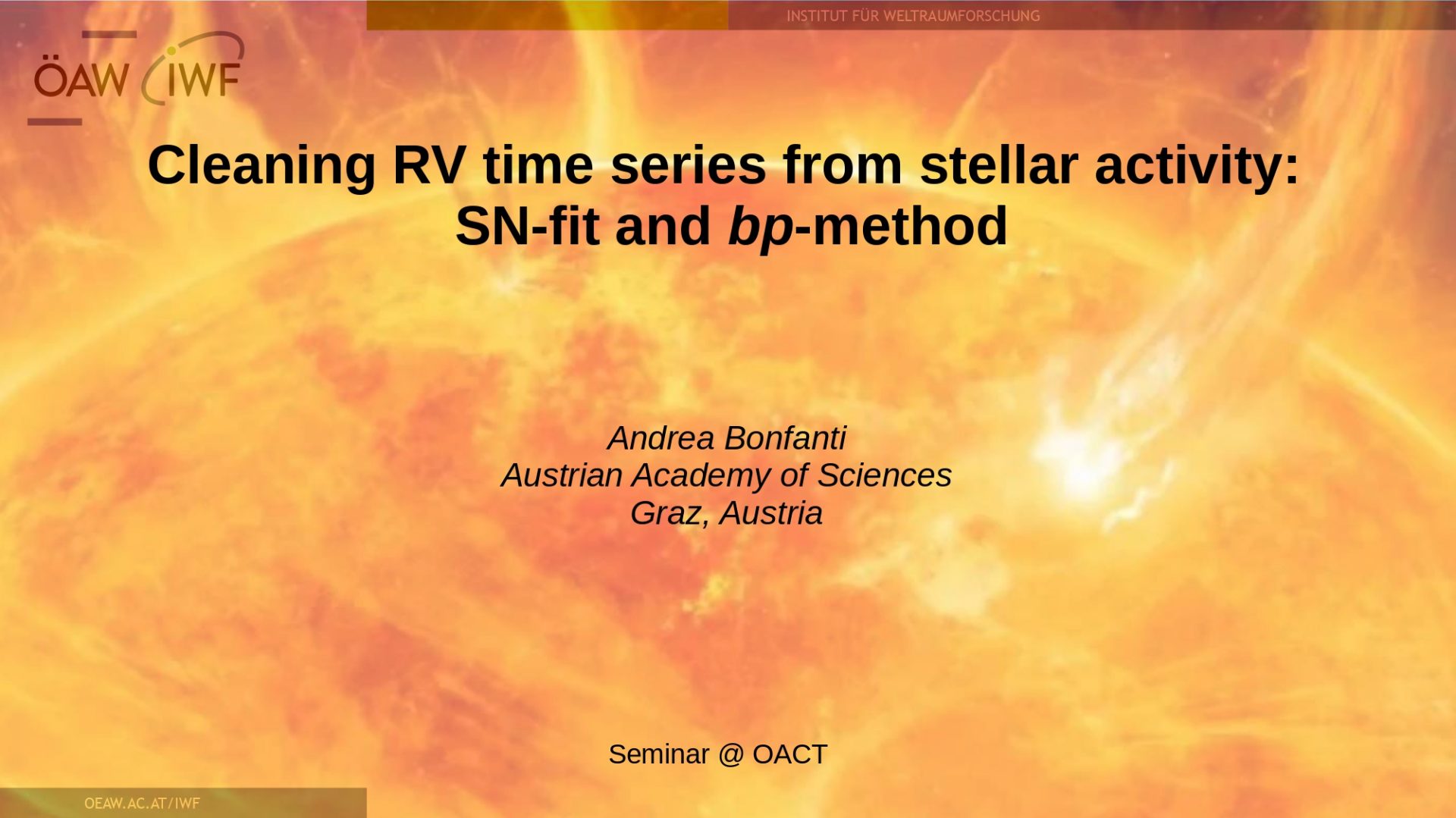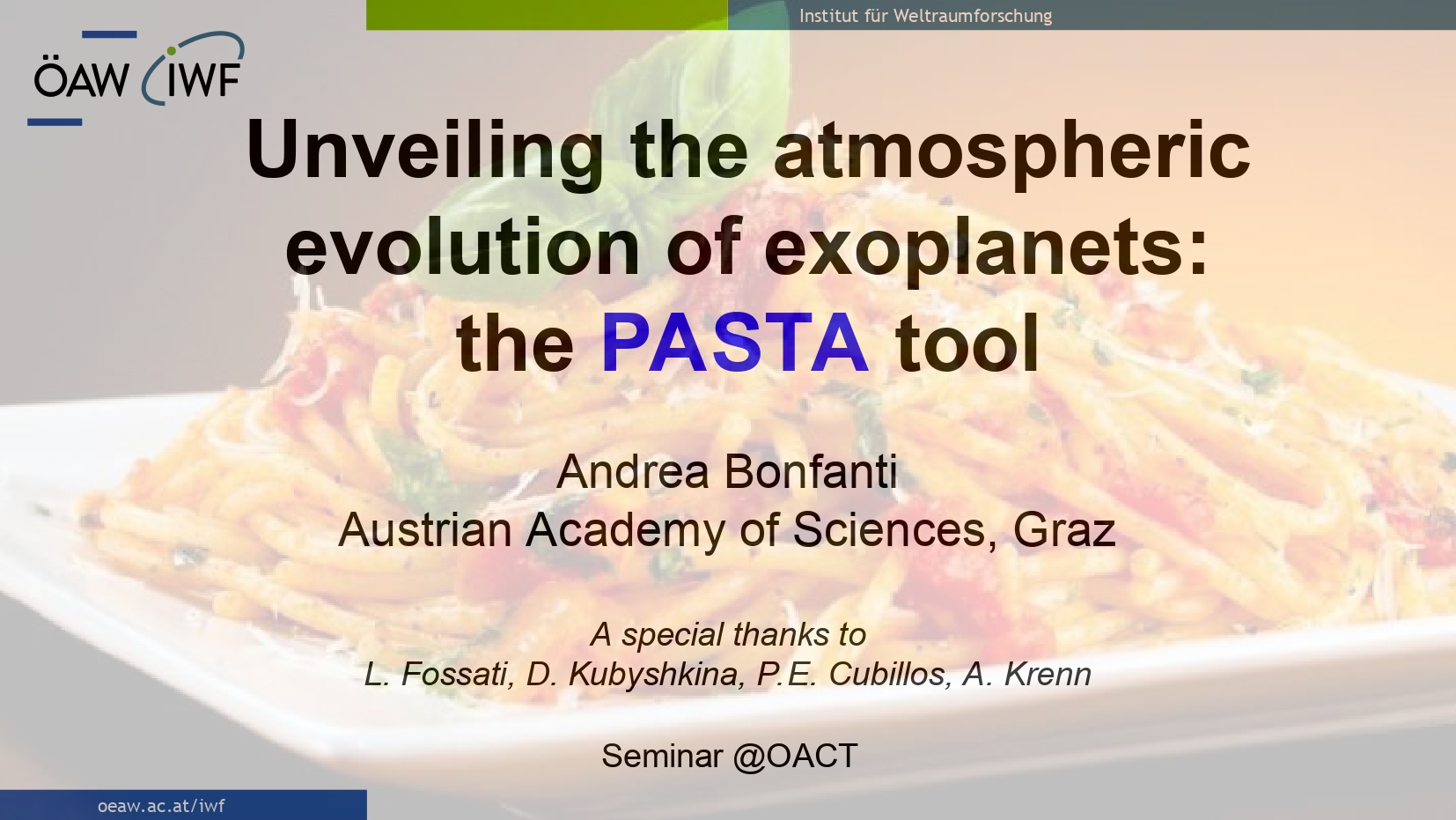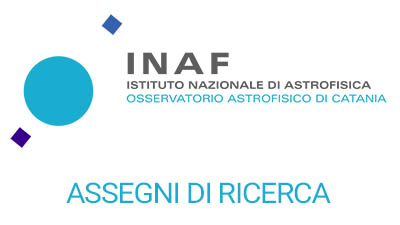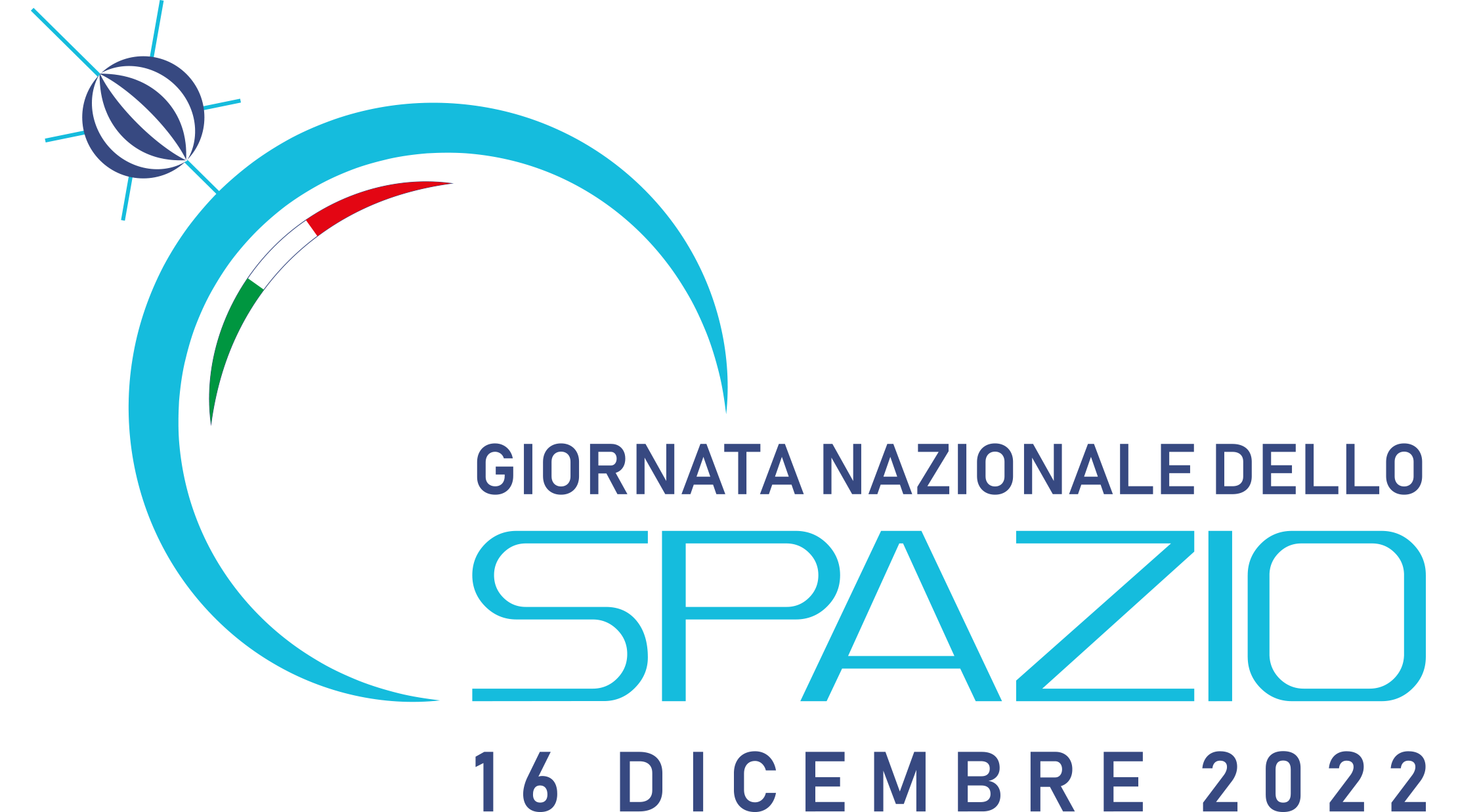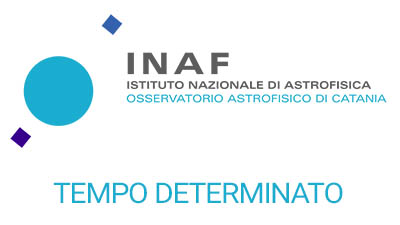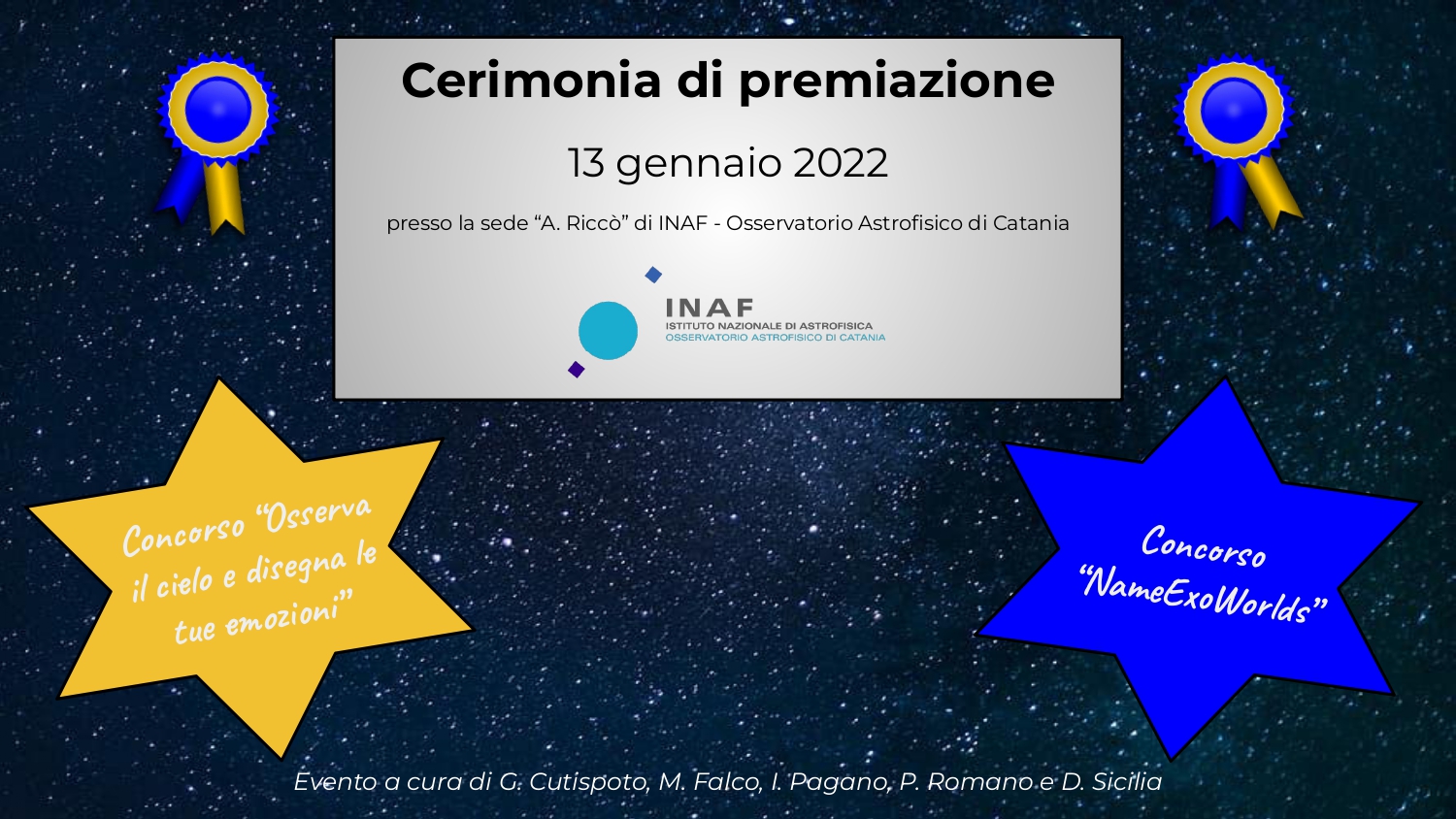A thorough characterisation of an exoplanetary system includes also studying the evolution of planetary atmospheres. To this end, we developed a custom Python tool that we have dubbed PASTA: Planetary Atmospheres and Stellar roTation rAtes. The tool runs within a Bayesian framework and it adopts a MCMC scheme to estimate the atmospheric content of exoplanets at the dispersal of the protoplanetary disk accounting for the present day system observables. As a positive by-product, the evolution of the stellar rotation period is reconstructed as well. In detail, our tool relies on planetary evolutionary models relating mass, radius and equilibrium temperature with the expected atmospheric mass fraction and mass loss rate, the latter derived from hydrodynamic simulations. The atmospheric mass loss rate is significantly influenced by the stellar activity level, which is estimated from the stellar rotation period via empirical relations. In particular, gyrochronology and theoretical stellar evolutionary tracks are essential to evaluate the high-energy emission over time. We have successfully applied this framework to a number of recently discovered planets, including various CHEOPS targets. The synergy between CHEOPS and radial velocity spectrographs have already allowed us to identify different systems amenable to PASTA’s analysis, so to constrain the planet formation and stellar evolution.
